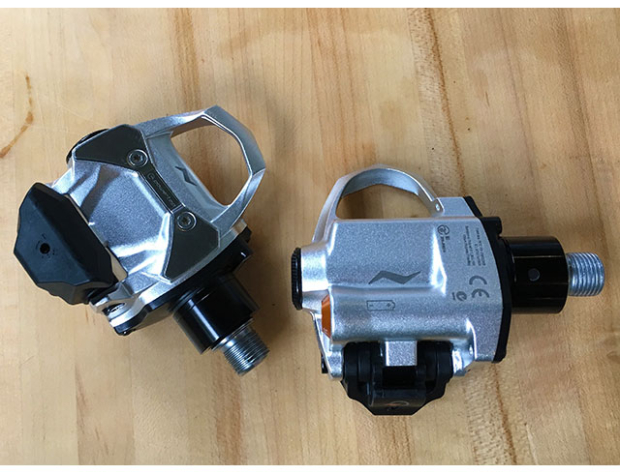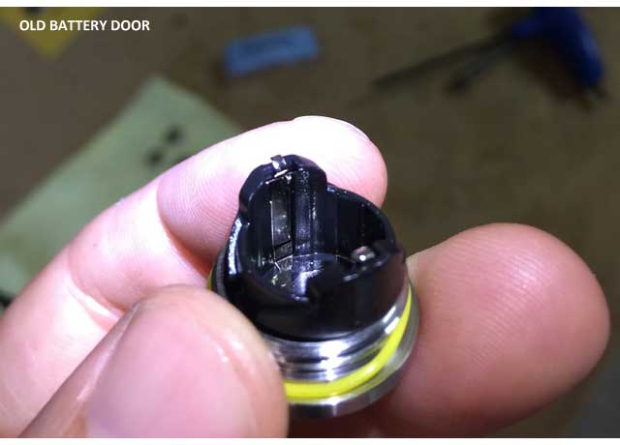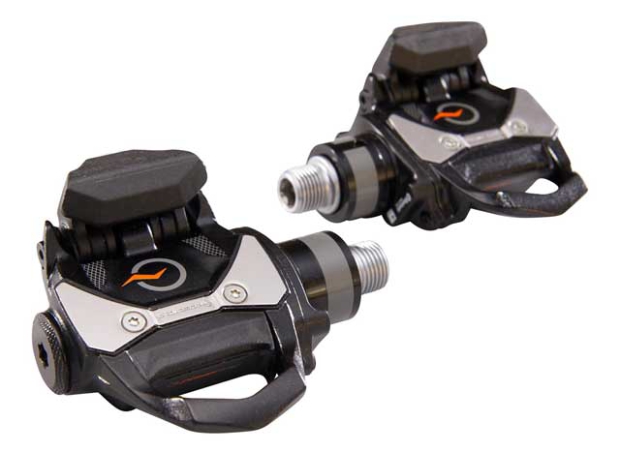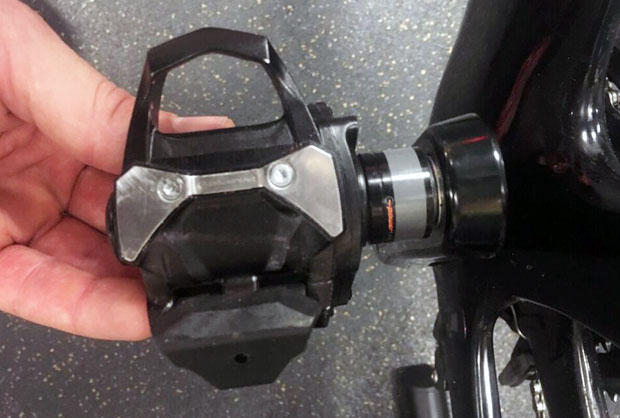Powertap Addresses Gripes With New P2 Pedal
You can get it in your crank, chainring, bottom bracket and hub. You can measure it via chain vibration and even tire pressure. Slowtwitchers? All those ways of measuring power make up 50 percent of what we want; the other half want our power meters inside our pedals.
One market leader just introduced Version-2 of its pedals: the Powertap P2 (here's our long term review of the P1).
Garmin and Powertap each had their difficulties over the last year. With Garmin’s Vector 3 it was its battery door and this failure had users really cheesed off (it has since fixed the problem). Powertap? Folks generally loved the product but some users had bearing failures well before they felt was appropriate for the product. Further, those who lived in Europe had to send their units to the U.S. for bearing replacement (no, you can’t do this on your own; proper calibration requires Powertap to do it).

The P2 differs from the P1 in 4 ways: weight (for reasons I’ll explain); durability; price; and service.
As to the service issue, the righteous gripe came from Europeans. Powertap has solved this, it says, by bringing a Euro-based service office on line. However, bearings are still considered a consumable. They’re $175 a pair to replace and you have to send them in. You pay freight to Powertap, they pay it to you, and they’ll pay for the same service you paid for (if you send it 2-day, they’ll send it back 2-day), which is what we used to do when I was a manufacturer so of course I think that’s appropriate service!
So, that’s the service part. What about the underlying issue causing the need for service? This is the big change between the P1 and the P2 as far as I’m concerned. The manner in which the bearing seats were machined has been changed entirely. The spindle’s interface with the bearing is much tighter, likewise how the bearing seats into the pedal body. All seals have been optimized.
Battery life has been increased from 60 hours to 80 and 32 grams were hogged out of the pedal and each is due to the same root decision: There were a pair of analog-to-digital converters in the pedals and one has been removed (as it proved to be superfluous).
These pedals have gone up in price, to $899. You might think that’s a decrease from $999, but the P1 took a price decrease not long ago to $799 so this new pedal is priced right in between.
It still takes a AAA battery and it’s sold with a lithium battery; you can use an alkaline but these often eventually blow up so far better to use lithium (which doesn’t have that annoying trait).
These pedals are used with Powertap's own cleats. Which appear curiously similar to Look's Keo cleats. Very curiously similar. Seriously similar. Maybe they got even more similar between the P1 and the P2, I don't know. But if these cleats and Keo's cleats aren't brothers of different mothers they're homage-to-Keo or Keo simpatico (in other words, yes, I think it's safe to say you can use Keo cleats in these pedals).
Me? I’m still a fan of the original Powertap hubs and I just found out something about future versions of these hubs that makes me very happy but I don’t know that I’m at liberty to say, so I’m going to keep my mouth shut.
For those who’re wedded to having your power meter in your pedals, these changes appear to right everything wrong with the already popular P1. Read more about Powertap’s P2 pedals.
[Note: This article originally stated the price to replace bearings at $150; the correct price is $175.]







Start the discussion at forum.slowtwitch.com